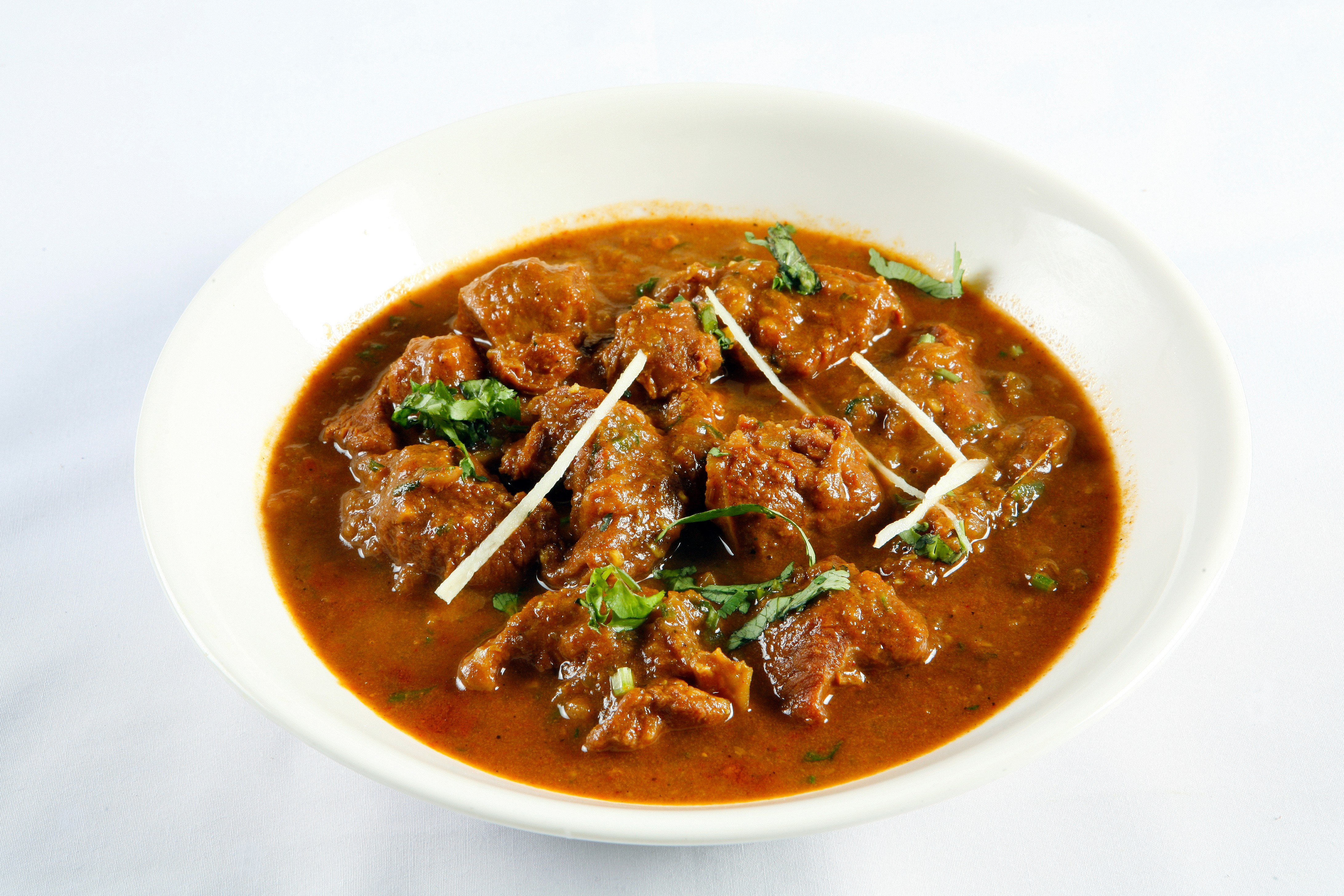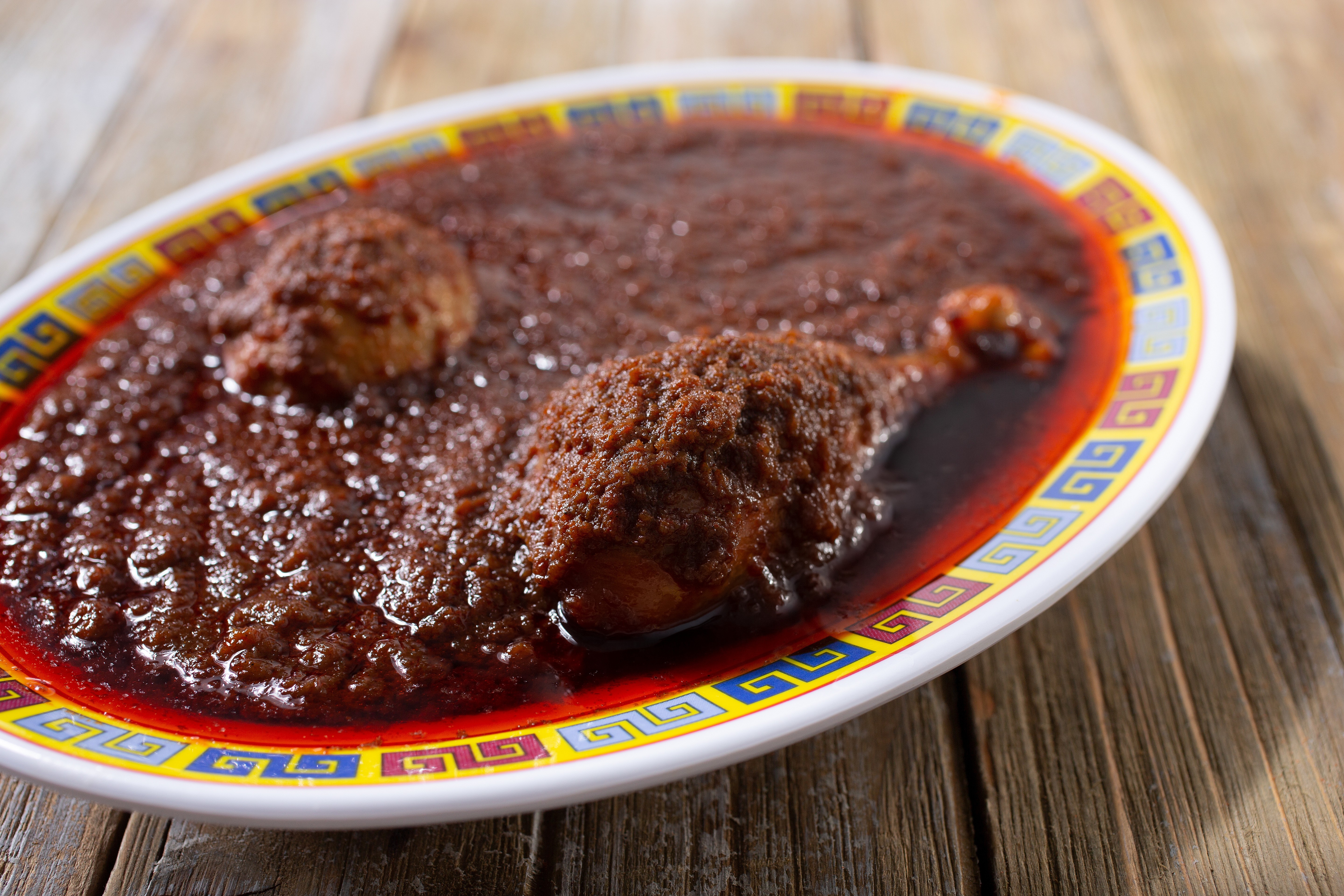In America, traditional Christmas meals include foods such as turkey, mashed potatoes, stuffing, dressing and green beans.
But within the African diaspora, Christmas meals highlight culture, as jollof rice, djondjon, and pernil — a succulent roast pork dish — grace the tables.
These tasty, ethnic dishes make the holidays special in these countries.

Jamaica: Who could refuse curry goat and rice with gungo peas? The gungo pea has long been popular around the world. You might hear gungo peas referred to as pigeon peas in the U.S. or, in Latin America, gandules. The rice and gungo peas dish often calls for jasmine or basmati rice and coconut milk. And while that’s tasty on its own, the stew-like goat, with allspice, curry powder, and ginger, makes your mouth dance a happy dance of flavor.
Haiti: Rice with djondjon, goat, pineapple upside down, or orange cake grace the tables on Christmas Eve, when the main Christmas celebration occurs. After midnight Mass, Haitians attend the “Reveillon,” a meal that often lasts until dawn on Christmas Day. Carolers sing hymns in the street, highlighting the reverie and camaraderie. Children fill their shoes with straw in hopes Tonton Nwel — Santa Claus — will remove the straw and leave them a gift. The standout ingredient in the meal is djondjon, a mushroom that grows only in Haiti. Along with special bouillon cubes, the rice takes on a dark color and rich flavor.
Trinidad: Trinidad is a foodie’s dream. The islands of Trinidad and Tobago are the southernmost in the Caribbean, and you can see influences from several countries in the traditional Christmas meal. Like Jamaicans, Trinidadians love to eat pigeon peas and rice. They enjoy pasteles, which is masa (a type of dough made from ground corn or maize) cooked in banana leaves, a staple in Puerto Rico. But they also like ham, hops, and chow chow. The ham is self-explanatory. Hops is a bread recipe that results in a soft, chewy, and delicate roll. Chow chow is a condiment akin to a relish and complements the ham. No matter what you eat, it’s all good.
Nigeria: There’s fried rice. There’s jollof rice. Put them together, and you have stir-fried jollof rice, a popular Christmas dish in Nigeria. The rice gets cooked and then goes into a pan where it’s fried with a vegetable/stock mixture and meat. Fisherman’s soup, moi moi — a dish with beans, minced fish, and boiled egg — and tuwo shinkafa, a rice dish, are also popular.

Ethiopia: If you’re a fan of stew, this cuisine is the right choice. An Ethiopian wat stew graces tables at Christmastime. Wat stew has different ingredients, and the name tells you what stew you’re getting. Doro wat has chicken. Sega wat has beef. Alicha sega wat isn’t as spicy. The table might also have tibs, a stir fry made with beef or venison and accompanied by injera bread and awaze, a spicy condiment. You might also find kitfo, the equivalent of steak tartar.
Ghana: Rice with tomato chicken, also known as white rice with stew, has become a popular Christmas meal. The tomato sauce, cooked by adding and frying seasonings and chicken, gets poured over the white rice. Jollof and fried rice are also popular. For soup, expect to see fufu with tomato soup, a starchy meal prepared with cassava, yams, or plantains that can include goat or chicken.
Dominican Republic: If it’s Christmas Day, you’re likely to hear, “Quieres pernil?,” or, “Do you want pernil?” Pernil is a classic, slow-roasted pork shoulder dish that’s a staple in the Dominican Republic. It’s sweet and succulent, and the long cooking time (six to eight hours) results in a melt-in-your-mouth quality. The dish is often served with arroz amarillo y habichuelas rojas (yellow rice and red beans). You’ll also find empanadas (meat pies) and pasteles, though you might not have room to eat anything else once you see the pernil.
Never miss a beat: Get our daily stories straight to your inbox with theGrio’s newsletter.

